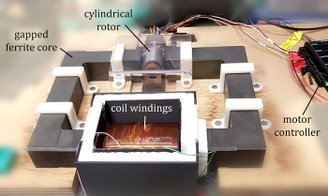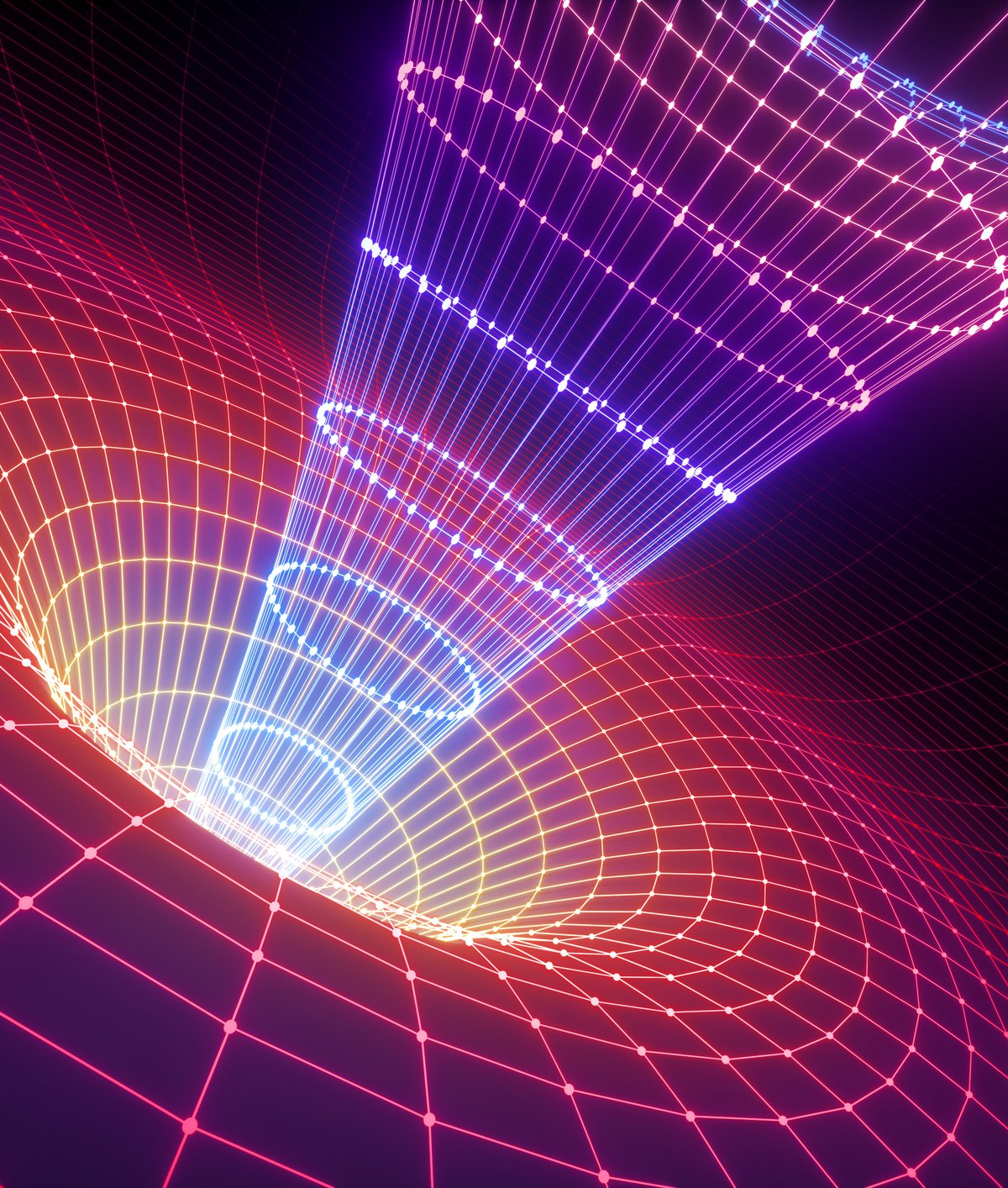Proposed in the 1960s Zel’dovich effect suggests that hot electrons in galaxy clusters transfer energy to cold photons from the cosmic microwave background (an echo of the Big Bang), subtly changing the way this light is observed.
Although a similar effect was successfully demonstrated using sound waves in 2020, Yakov Zel’dovich’s original proposal remained an unproven hypothesis. Now, also the author of the previous study, Dr. A team of physicists from the University of Glasgow, led by Marion Cromb, has finally managed to experimentally prove the Russian physicist’s prediction.
In a paper recently published in the journal Nature Communications, the authors note in a press release that “wave energy can be increased by bouncing ‘twisted waves’ (those with angular momentum) from an object rotating in a particular way.”
The story behind the Zel’dovich Effect
Zel’dovich’s proposal came from a theoretically plausible, but practically improbable, idea by British physicist Roger Penrose, who in 1969 proposed generating energy by simply throwing garbage into a black hole. The idea was to travel in a region known as the ergosphere, where every object is forced to spin in the same direction as the black hole due to the extreme drag of space-time.
Theoretically, some of the garbage thrown into the ergosphere will be consumed by the black hole, and your ship will receive an extra energy boost as it escapes.
In the absence of a suitable black hole, Zel’dovich simplified the matter by proposing that this effect should work for any rotating object that can absorb some of the energy directed at it. To do this, simply reflect light onto a rotating cylinder and see the effect.
Proof of the Zel’dovich effect in a real electromagnetic field

Zel’dovich’s original idea of making light appear red-shifted or blue-shifted, depending on how the light-emitting object is moving relative to us, is based on the spin doppler effect. We know the acoustic version of Doppler: The sound of an ambulance siren increases as you get closer and decreases as you move away, Cromb says.
In one version the author explains: “The Zel’dovich effect works on the principle that waves have angular momentum.“The force that would normally be absorbed by an object is actually amplified by that object if it is rotating at a fast enough angular velocity.”
By using an aluminum cylinder rotating at a speed higher than the frequency of the incident light, the ‘twisted’ electromagnetic fields impinging on the cylinder were affected by the doppler effect such that their apparent frequency was shifted to the ‘negative’ angular frequency. . In this context, negative frequency (or absorption) means signal amplification.
The discovery could have applications in the development of induction generators, the type used in wind turbines.
Did you like the content? Stay up to date with more work like this on TecMundo. Until later!
Source: Tec Mundo
I’m Blaine Morgan, an experienced journalist and writer with over 8 years of experience in the tech industry. My expertise lies in writing about technology news and trends, covering everything from cutting-edge gadgets to emerging software developments. I’ve written for several leading publications including Gadget Onus where I am an author.













